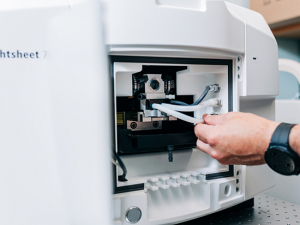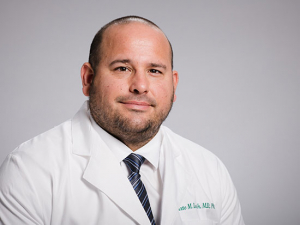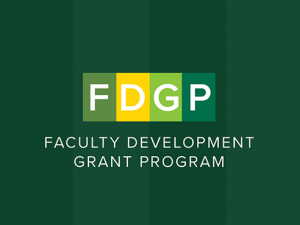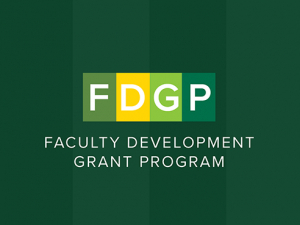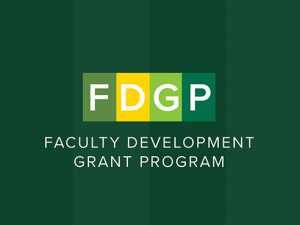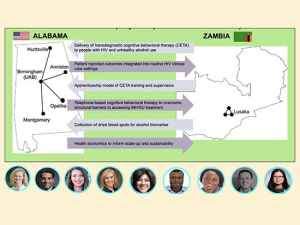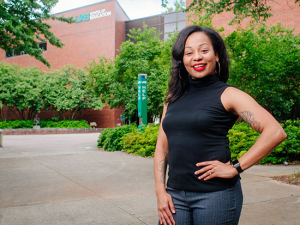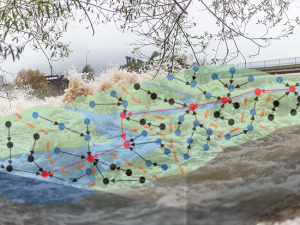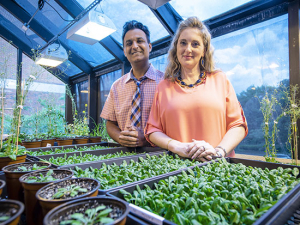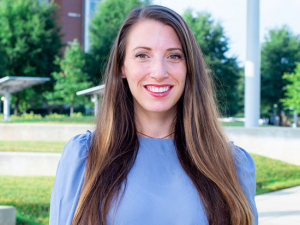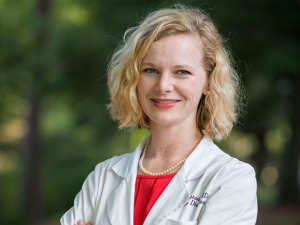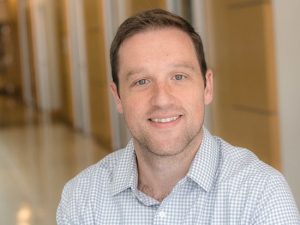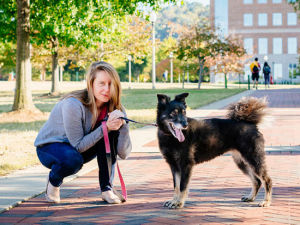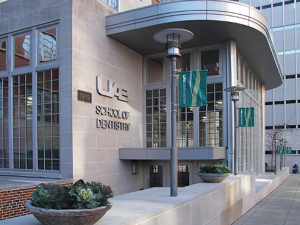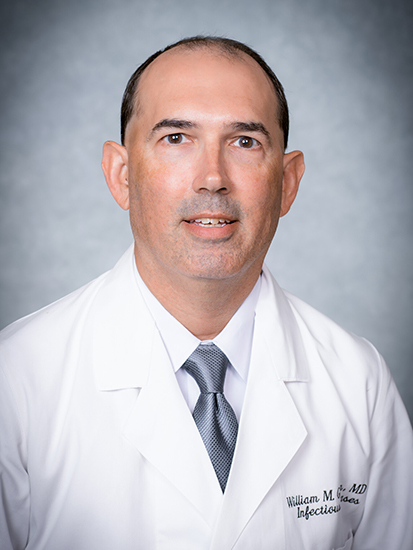 William Geisler, M.D., MPH, is principal investigator for UAB's first R38 grant, professor in the Division of Infectious Diseases and assistant dean for Physician Scientist Development in the Heersink School of Medicine.
William Geisler, M.D., MPH, is principal investigator for UAB's first R38 grant, professor in the Division of Infectious Diseases and assistant dean for Physician Scientist Development in the Heersink School of Medicine.
The COVID pandemic proved that clinical research is critical to finding practical answers to questions that can affect millions of people. But a shrinking number of physicians are choosing to split their time between clinical care and research. “Infectious diseases continue to have a major impact on global health, and clinician-investigators play an important role in addressing infectious diseases through research whose findings can advance the development of new diagnostic, treatment and prevention strategies,” according to the National Institute of Allergy and Infectious Diseases, or NIAID.
The Stimulating Access to Research in Residency, or StARR, program, funded by the National Institutes of Health under the R38 designation, was launched in 2017 to help mitigate a shortage of physician-scientists nationwide. This program provides financial support that allows medical residents to dedicate up to two years of protected time for research during their training, while also receiving mentorship from established researchers.
In May 2024, UAB secured its first R38 grant from the National Institute of Allergy and Infectious Diseases, or NIAID. (Notably, the National Cancer Institute and the National Heart, Lung, and Blood Institute also offer R38 grants.)
"Highly competitive"
“These awards are highly competitive, and to get one from NIAID is even more competitive,” said William Geisler, M.D., MPH, professor in UAB’s Division of Infectious Diseases and principal investigator for the grant. Geisler also is assistant dean for Physician Scientist Development in the Heersink School of Medicine.
“Residency is a very important stage in a physician’s career,” Geisler said. “After residency, you typically either go into a faculty position, do continued training in a fellowship or go into clinical practice. Now, with this grant, we have a pipeline to get residents interested and more engaged in research. They get research experience and training within a protected block of time in residency to see if they want to do science as part of their career.”
Although many physician-scientists have both an M.D. and a Ph.D., it is not a necessity — Geisler himself earned a master’s degree in public health while he was a fellow and maintains an active research program focused on advancing the development of a vaccine for chlamydia. “You don’t have to have an M.D./Ph.D. to be a physician-scientist, but you do have to have a medical degree,” Geisler said. “A physician-scientist is a physician who spends the majority of their time doing research.”
How it works
The StARR program at UAB is open to residents in internal medicine, pediatrics, OB/GYN, pathology and general surgery who have an interest in research in infectious diseases, immunology or allergy — all areas that fall within NIAID’s mission. Up to four residents will be selected each year, Geisler explained, with mentorship from one of dozens of preceptors at UAB who have excellent track records in mentoring and obtaining research funding in infectious diseases, immunology or allergy research. “It could be lab research, clinical, epidemiological, behavioral — we have people in all those areas doing this type of research,” Geisler said.
The residents applying to the program “may have little to no research experience, but know this is one of the last opportunities they will have in their training years to get this experience,” Geisler said. “Others may already have a specific research interest, and probably there will be some who fall in between. Wherever they are, we will help guide them.”
The Physician Scientist Development Office provides resources to individuals from K-12 students to junior faculty, Geisler says. The postgraduate phase is where the office “historically had the least amount of programmatic activities,” he noted. “We needed to develop activities in that phase to help with the transition to the faculty phase as a physician-scientist.”
In addition to the R38 program, the NIH offers a K38 career development grant, which is open only to those completing an R38 program, which will further assist with the transition to a faculty appointment by providing additional funding for research and career development opportunities. “That is another benefit of taking part in the StARR program,” Geisler said. “If you do, you have access to the K38.”
More research training for postdoctoral trainees
StARR is not the only program from the Physician Scientist Development Office to offer research training for postdoctoral trainees. In fact, the Advanced Research training In SciEnce for MDs program, or ARISE MD, which has been at UAB for several years and is funded by participating departments within the Heersink School of Medicine, offers “a concise Ph.D. program for residents and fellows,” Geisler said. “That is a unique group; most medical residents and fellows don’t want to stay for another three years to get a Ph.D.”
The transition from residency to a faculty position can be challenging, Geisler explained: “That is sometimes where we lose potential future physician-scientists. Ideally, we want to get them to stay at UAB and grow UAB’s research enterprise and benefit patients. The more people we have participating in these programs, the more we can help the physician-scientist pipeline grow at UAB.”
